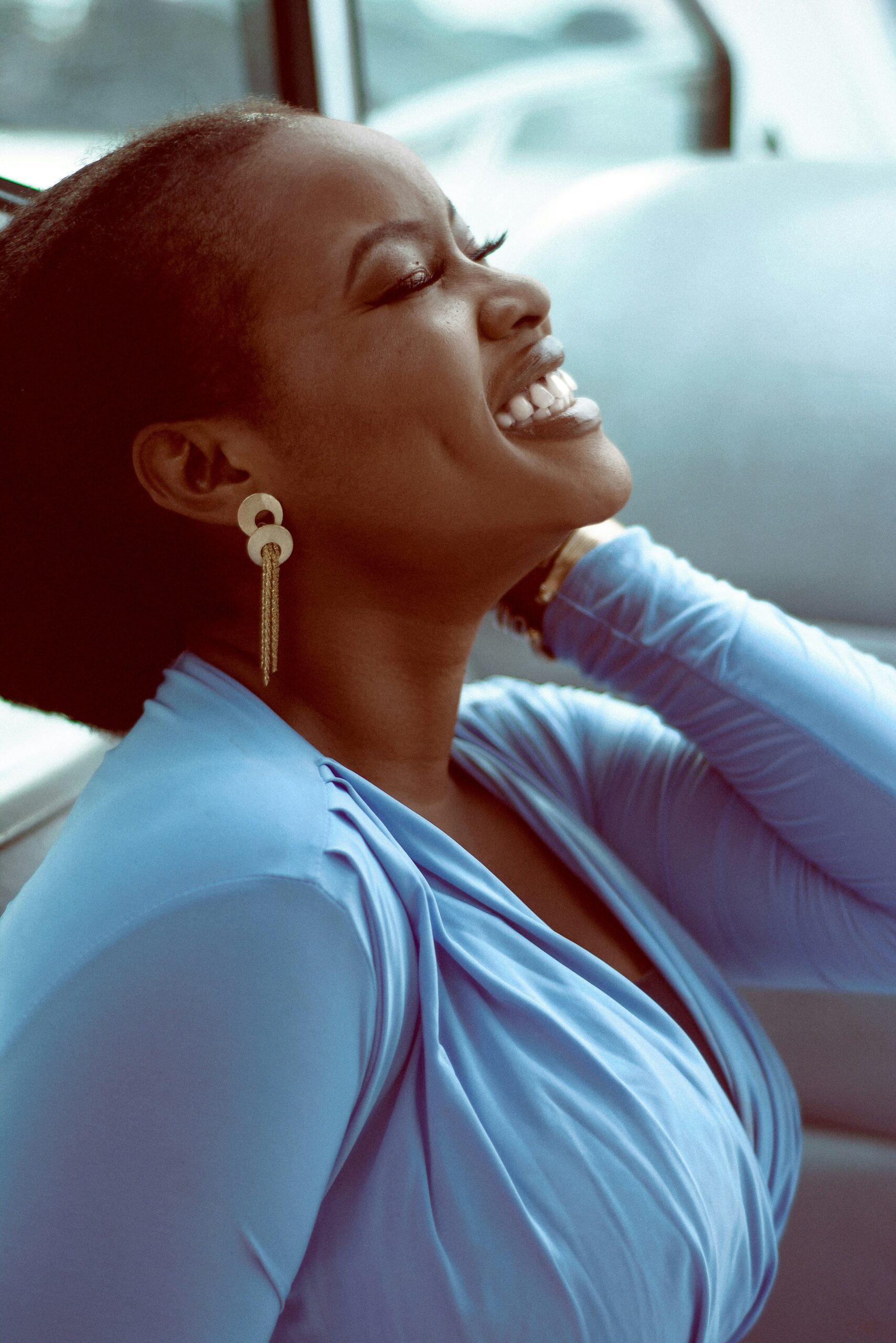

Introduction to Social Media and Fashion
Social media has revolutionized nearly every aspect of our lives, and fashion is no exception. Platforms like Instagram, TikTok, and Pinterest have become the catwalks of the digital age. With a simple scroll or swipe, users can discover new styles from around the globe. Trends that once took months to develop now emerge in mere days.
Gone are the times when high-fashion runways dictated what we wore. Today, anyone with an internet connection can influence style choices worldwide. This rapid exchange of ideas and visuals has not only changed how we perceive fashion but also how it evolves over time.
As social media continues to shape our wardrobes, it’s essential to explore its profound impact on modern trends. From influencers setting benchmarks for style to brands using creative marketing strategies—social media plays a multifaceted role in defining today’s fashion landscape. Let’s dive deeper into this dynamic relationship between social platforms and style evolution.
The Evolution of Fashion Through Social Media
Fashion has undergone a remarkable transformation thanks to social media. Once dominated by runway shows and magazine spreads, the industry now thrives in the digital realm. Platforms like Instagram and TikTok have democratized fashion, allowing anyone with an account to share their style.
Trends that once took months to develop can now become viral overnight. A simple hashtag or challenge can spark a worldwide movement, as influencers showcase outfits from various corners of the globe.
As tastes evolve rapidly, brands are forced to adapt quickly. They must stay attuned to what resonates online while keeping authenticity at their core.
The accessibility of fashion insights has empowered consumers too. Everyone can participate in discussions about designers, aesthetics, and cultural influences shaping modern apparel choices. Social media continues to redefine how we perceive trends and express individuality through clothing.
Influencers and Their Role in Setting Trends
Influencers have become pivotal in shaping modern fashion. Their ability to connect with audiences makes them trendsetters.
Social media platforms are their playgrounds. With a single post, they can ignite interest in a specific style or brand overnight. Followers often look to these figures for inspiration and validation.
The relationship between influencers and brands is symbiotic. Designers frequently collaborate with popular personalities to reach wider audiences. These partnerships create buzz and drive sales.
Moreover, influencers provide authenticity that traditional advertising lacks. They share personal stories, making their recommendations feel genuine and relatable. This fosters trust among followers who eagerly adopt the styles showcased by their favorite icons.
As trends continually evolve, influencers remain at the forefront of this dynamic landscape. They not only reflect what’s current but also push boundaries, introducing fresh aesthetics that resonate globally.
The Rise of Fast Fashion and the Role of Social Media
Fast fashion has transformed the way we shop and perceive clothing. With social media at its helm, trends cycle through at lightning speed. A new style can emerge on a runway one day and be available in stores within weeks.
Platforms like Instagram and TikTok fuel this phenomenon. Users showcase their latest finds with hashtags that catch fire overnight. Before you know it, millions are clamoring for the same outfit.
Brands respond quickly to these viral sensations, churning out collections designed to mimic popular posts. The pressure to stay relevant is immense.
However, this rapid production often sacrifices quality for quantity. While consumers enjoy affordable options, they may overlook sustainability concerns associated with fast fashion’s growth spurt.
The influence of social media keeps pushing boundaries—creating a culture where everyone seeks instant gratification from their wardrobes.
How Brands Utilize Social Media for Marketing
Brands have discovered that social media is a powerful tool for reaching their audience. They create visually striking content tailored to platforms like Instagram and TikTok, where imagery reigns supreme. Eye-catching posts capture attention quickly.
Engagement is key. Brands interact directly with consumers through comments, polls, and live sessions. This two-way communication builds loyalty and trust while allowing brands to understand consumer preferences better.
Collaborations with influencers amplify reach even further. These partnerships create authentic connections between the brand and potential customers. Influencers help showcase products in real-life scenarios, making them more relatable.
User-generated content plays a role too. When customers share their experiences wearing a brand’s clothing, it creates organic buzz and fosters community engagement. It’s an effective way for brands to promote authenticity without appearing overly promotional.
Social media advertising also offers targeted campaigns based on user behavior and interests—ensuring that marketing efforts resonate with specific demographics effectively.
Conclusion: Balancing the Positive and Negative Effects of Social Media on Fashion
Social media has undeniably reshaped the landscape of fashion. On one hand, it amplifies creativity and provides platforms for diverse voices to be heard. New designers can showcase their work with minimal barriers, while consumers enjoy unprecedented access to trends and styles from around the globe.
However, there are challenges too. The fast-paced nature of social media often prioritizes fleeting trends over timelessness, leading to environmental concerns within the fashion industry. Additionally, the pressure to conform to curated images can negatively impact self-esteem among users.
As we navigate this digital era, it’s essential for both consumers and brands to find balance. Celebrating individuality and sustainability should take precedence over mere trend-chasing. By engaging thoughtfully with social media’s influence on fashion, everyone can contribute toward a more inclusive and mindful industry that values lasting style over momentary fads.
